Power and Progress



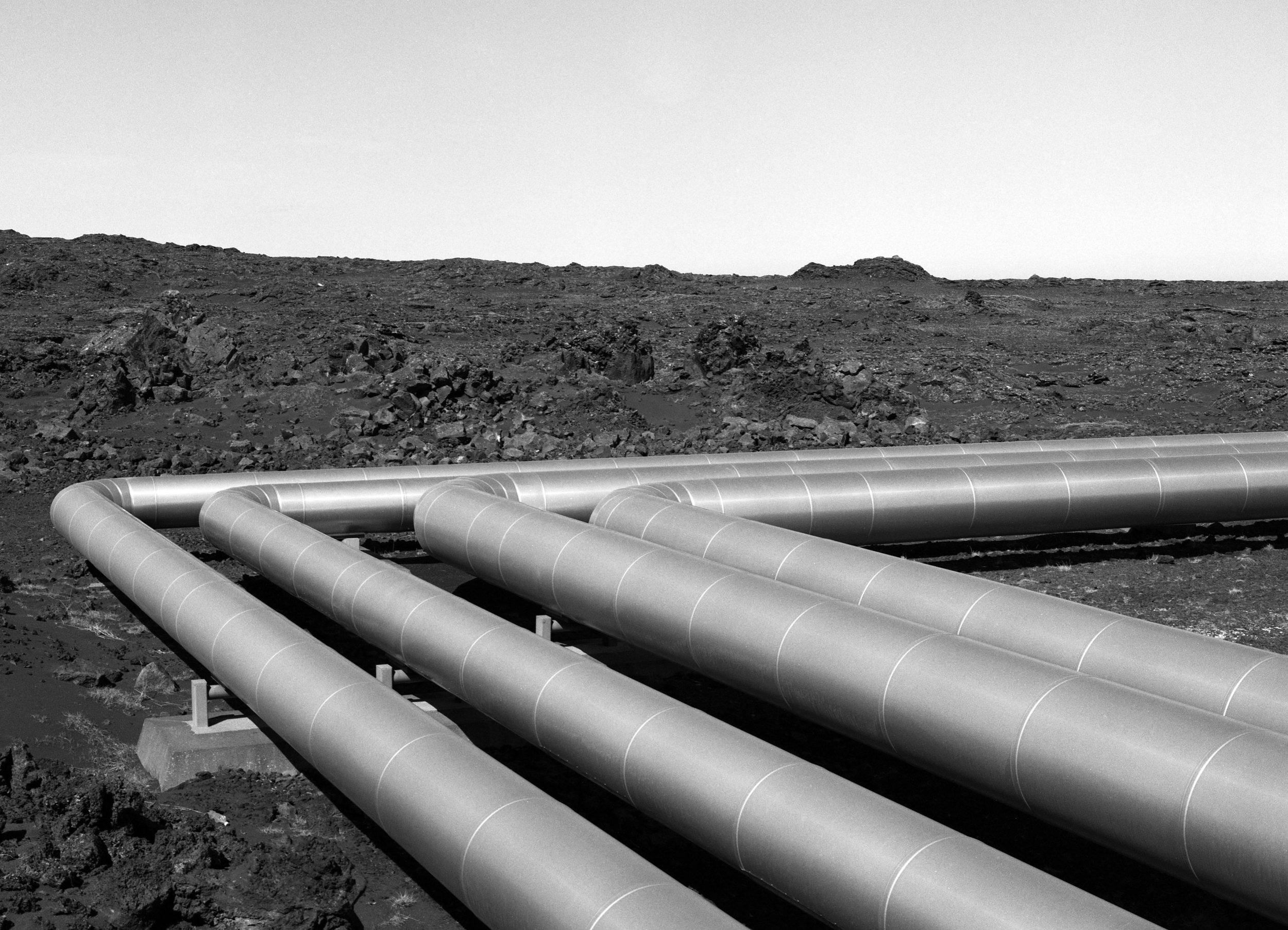
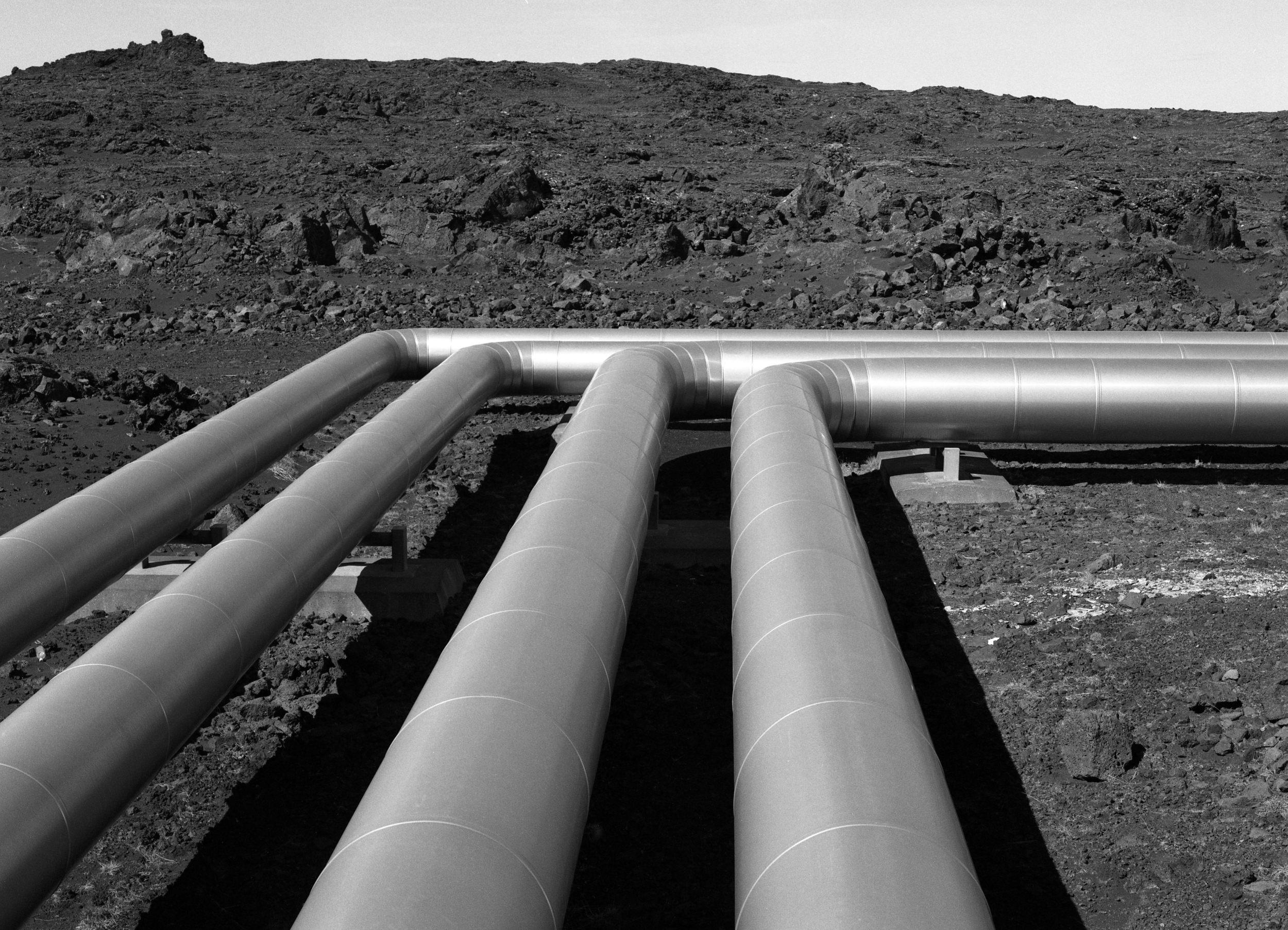
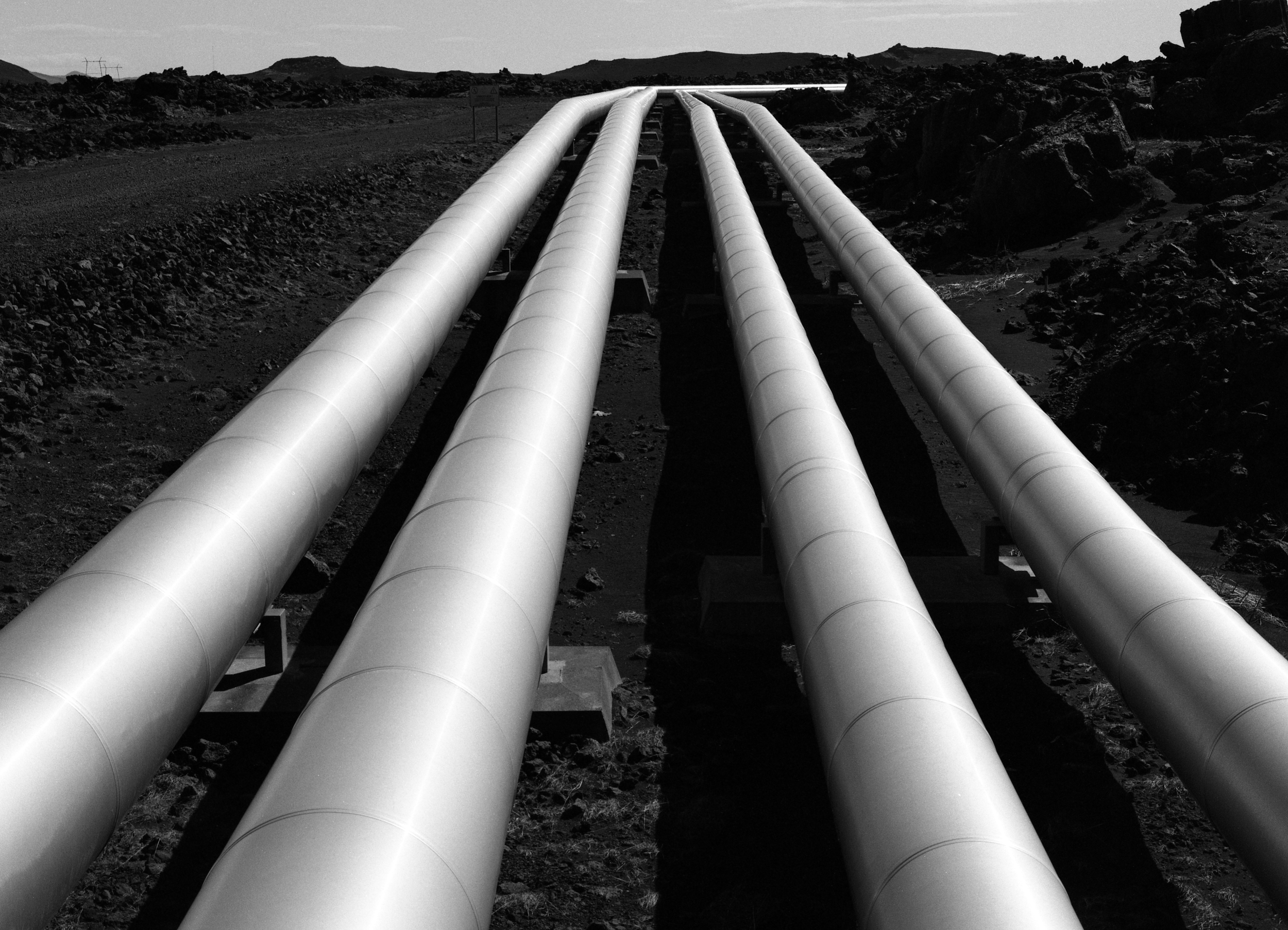
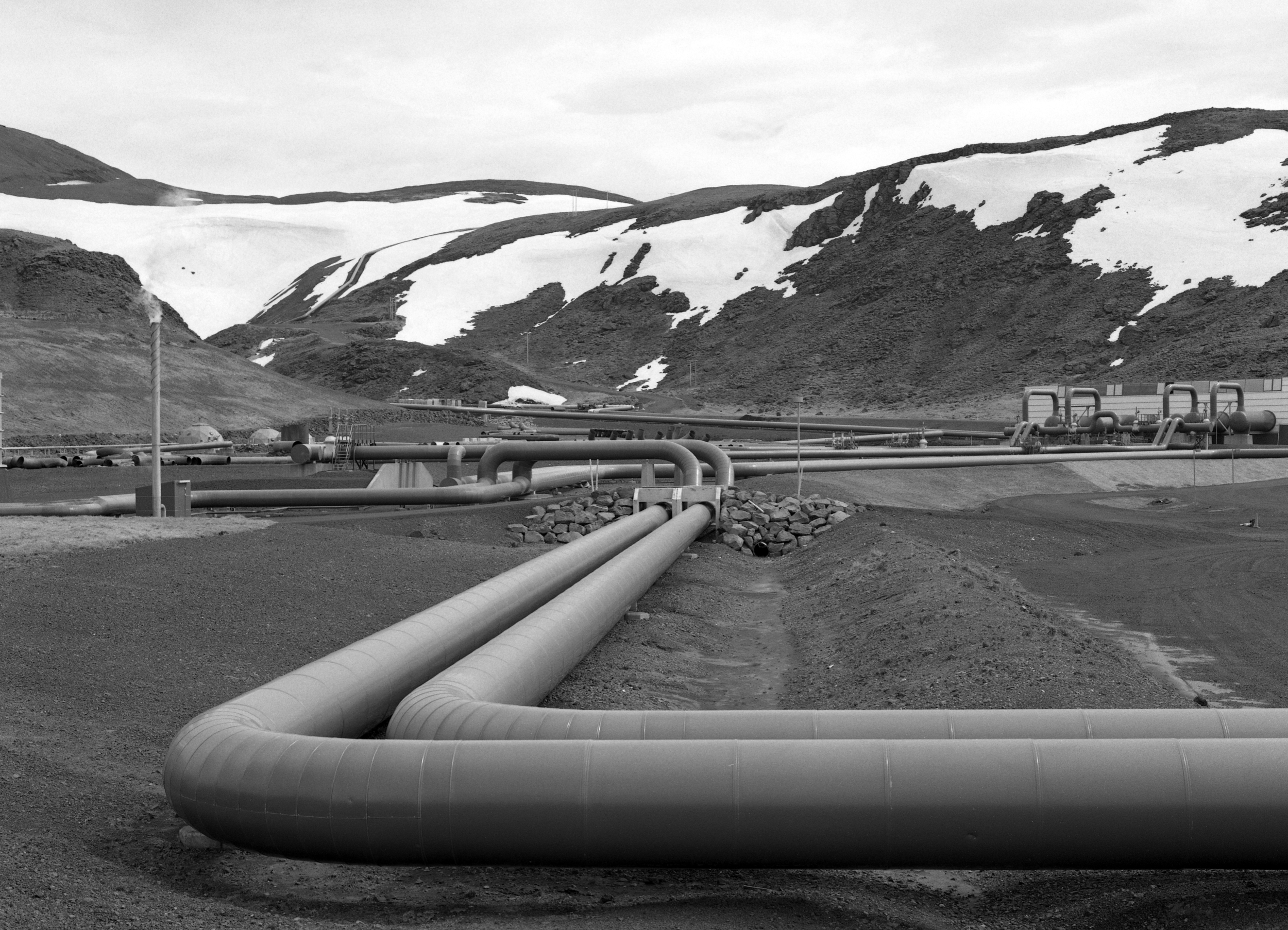
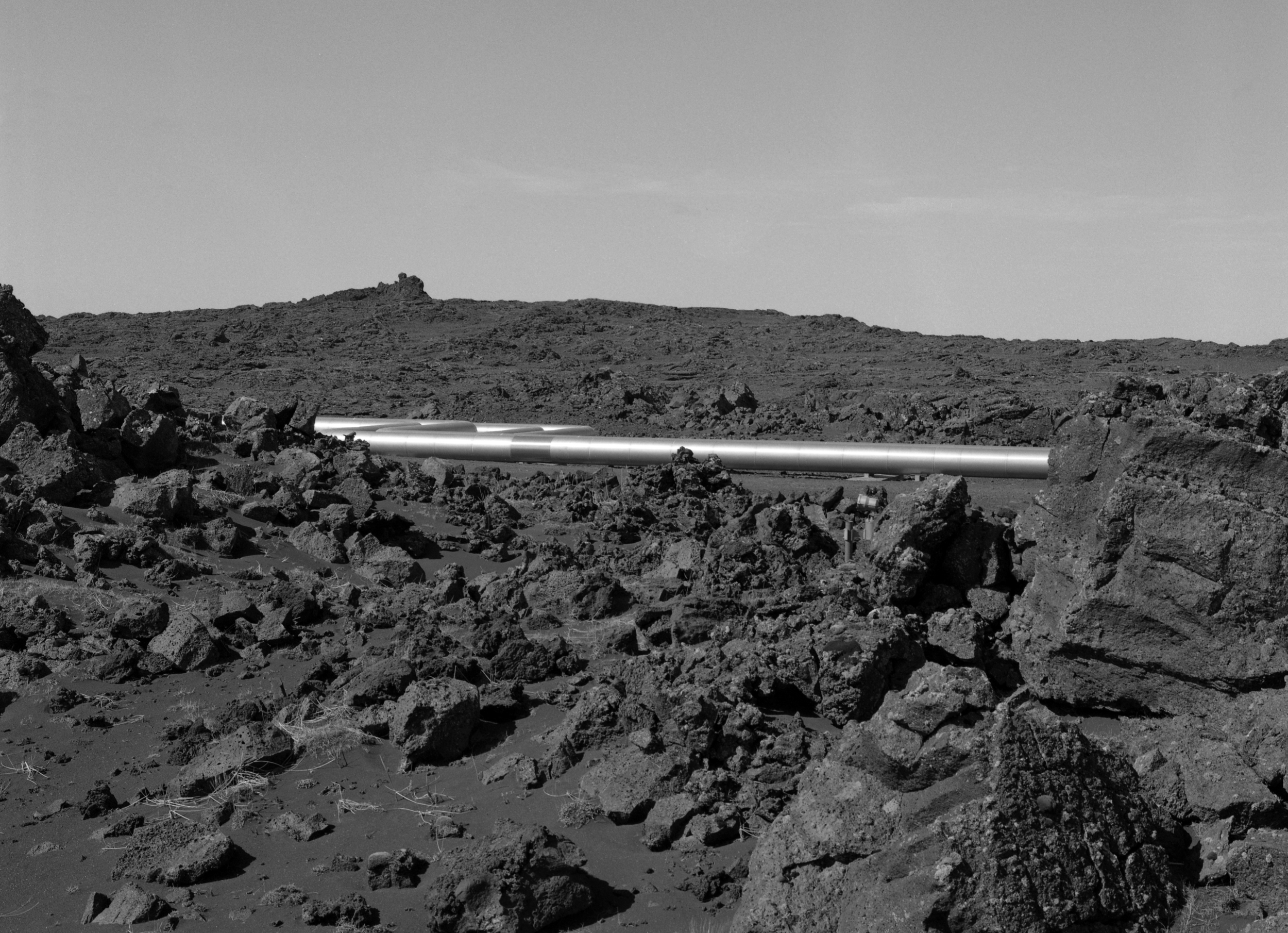
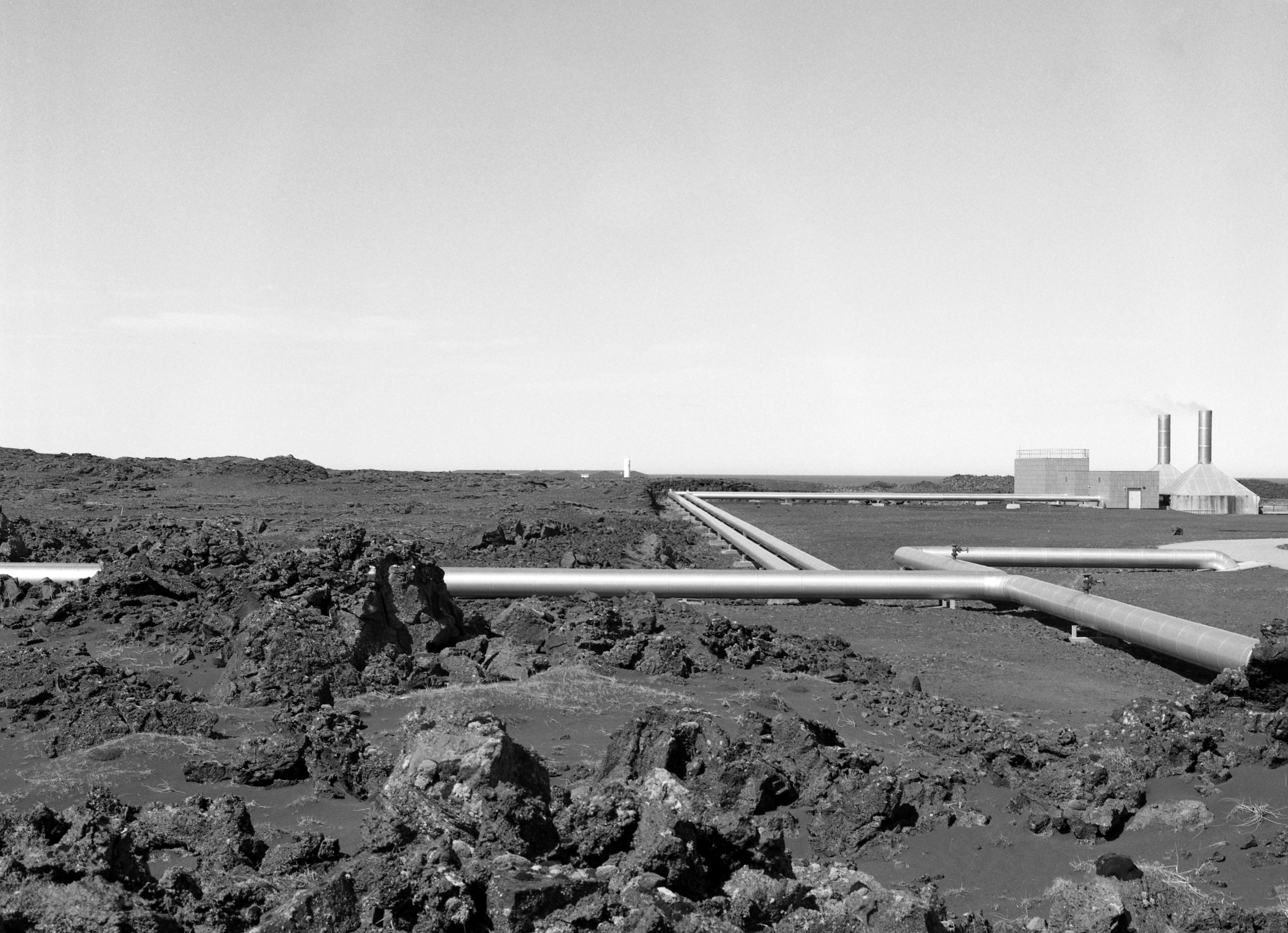




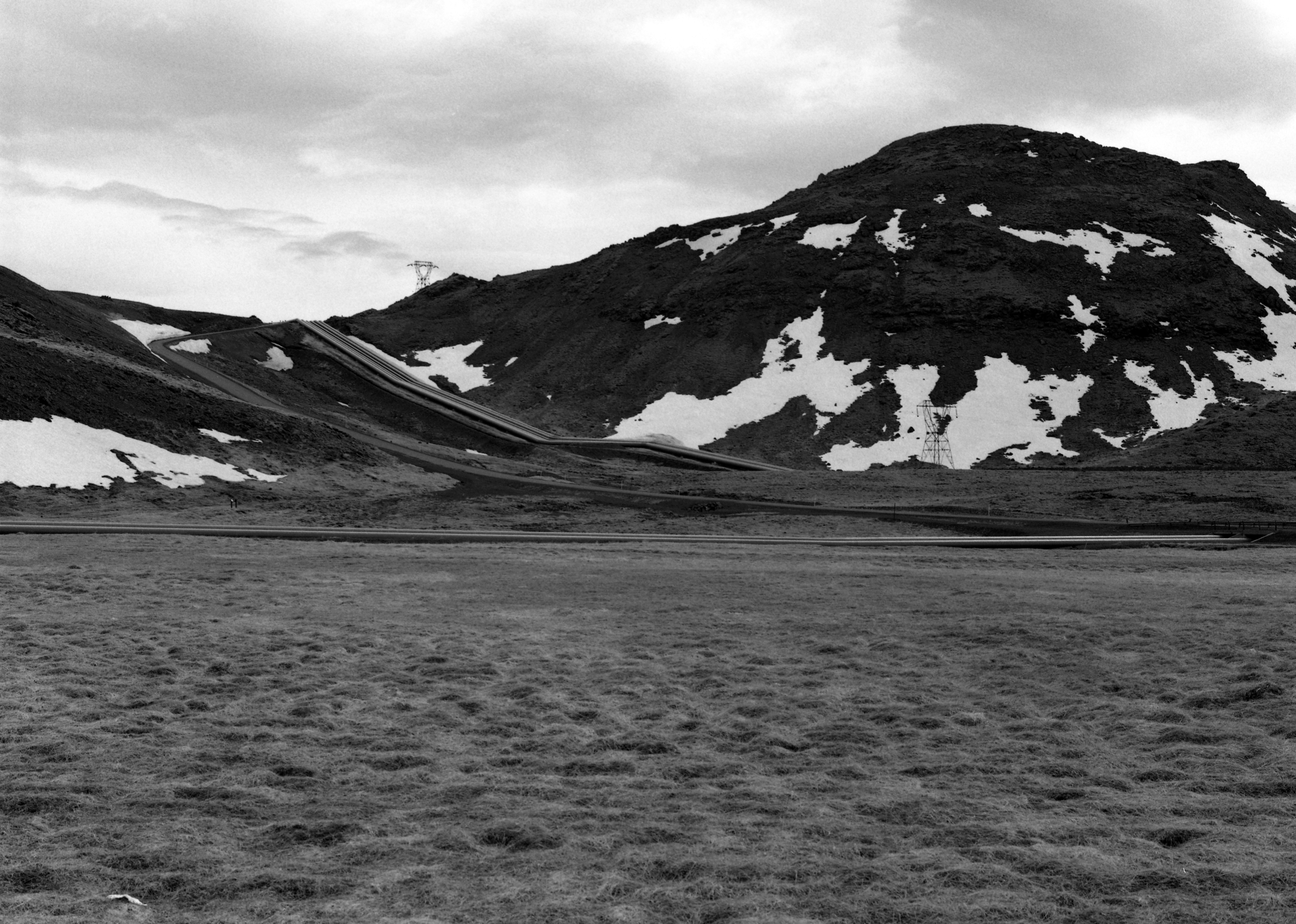
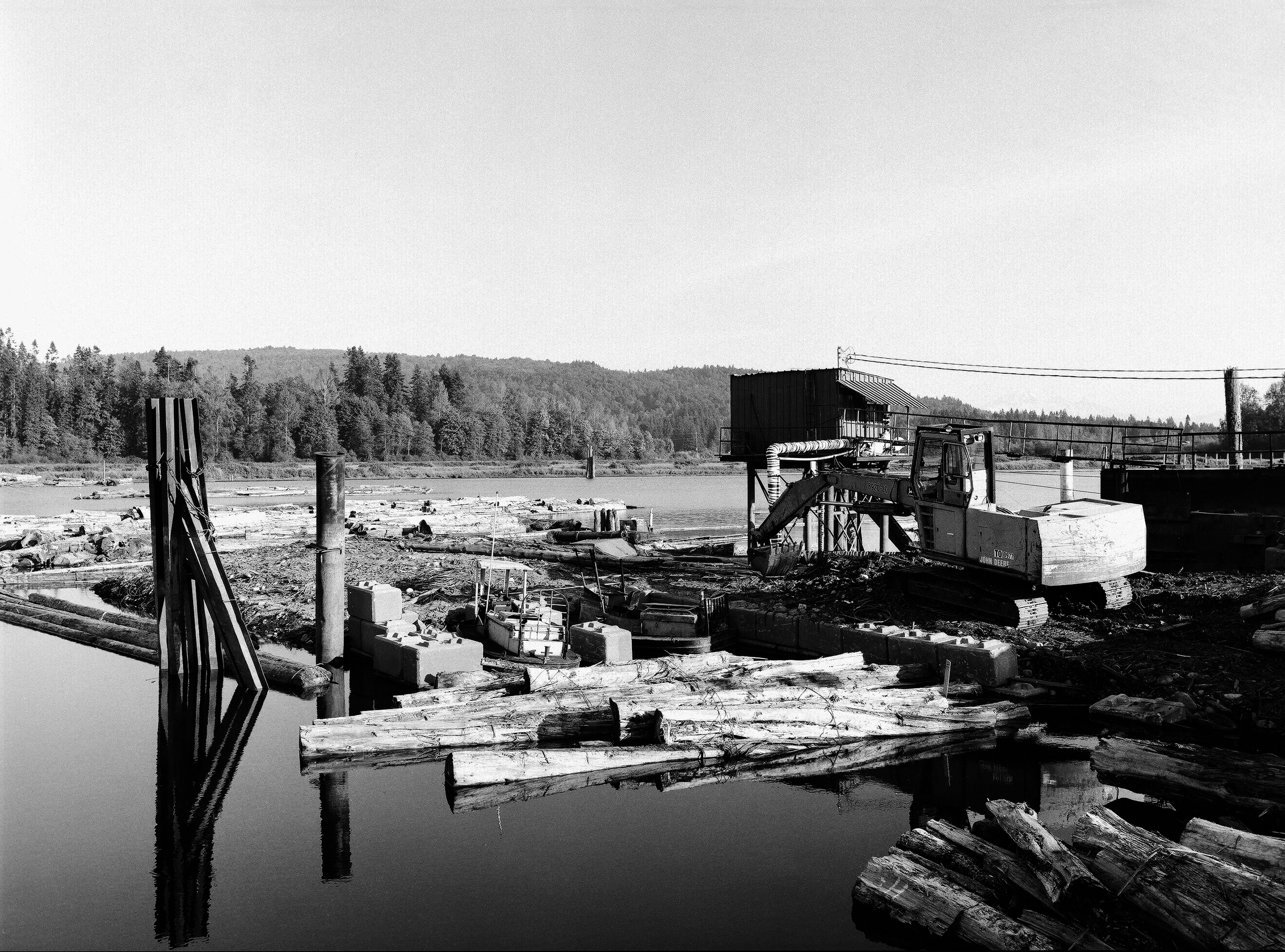
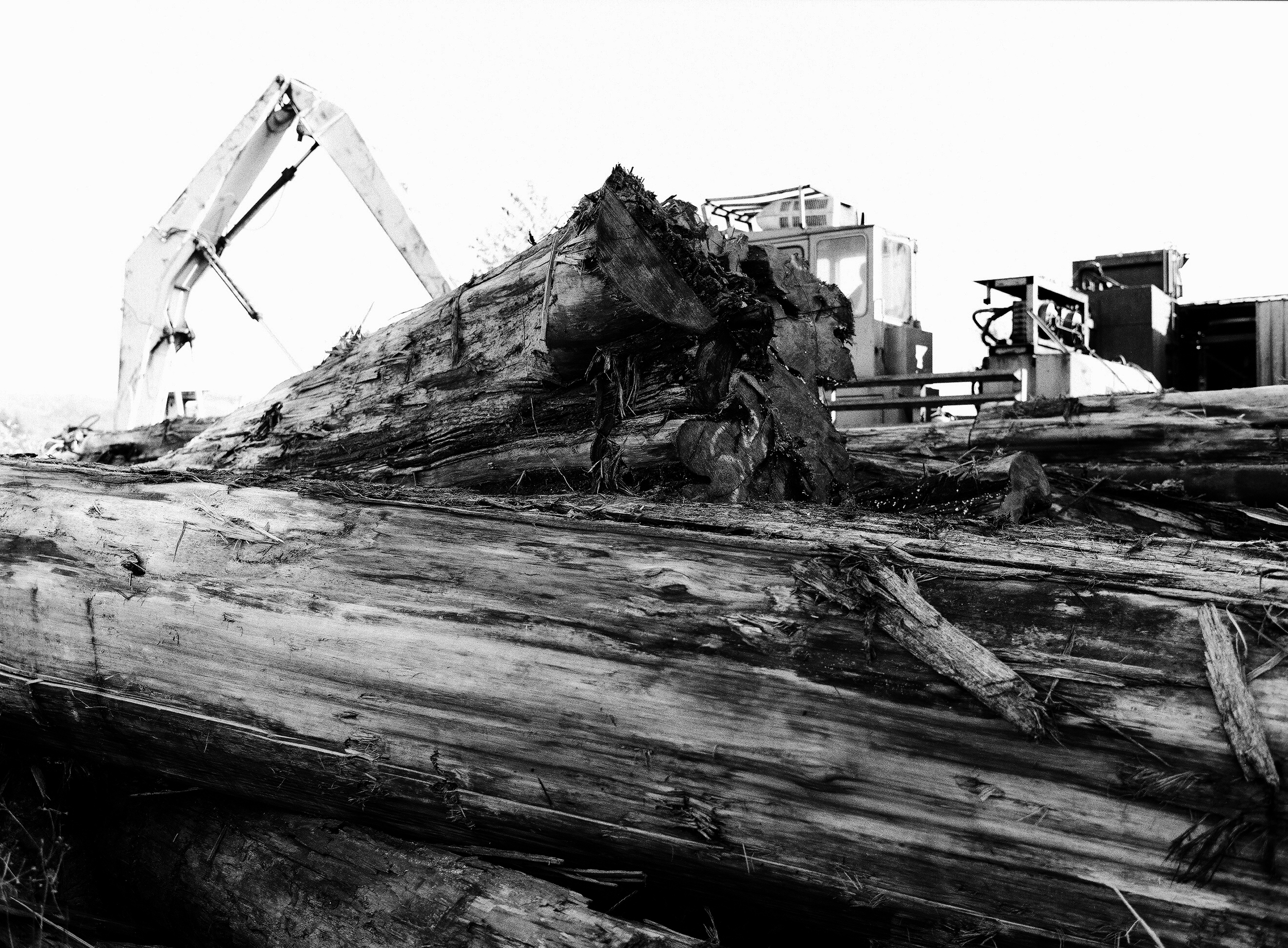
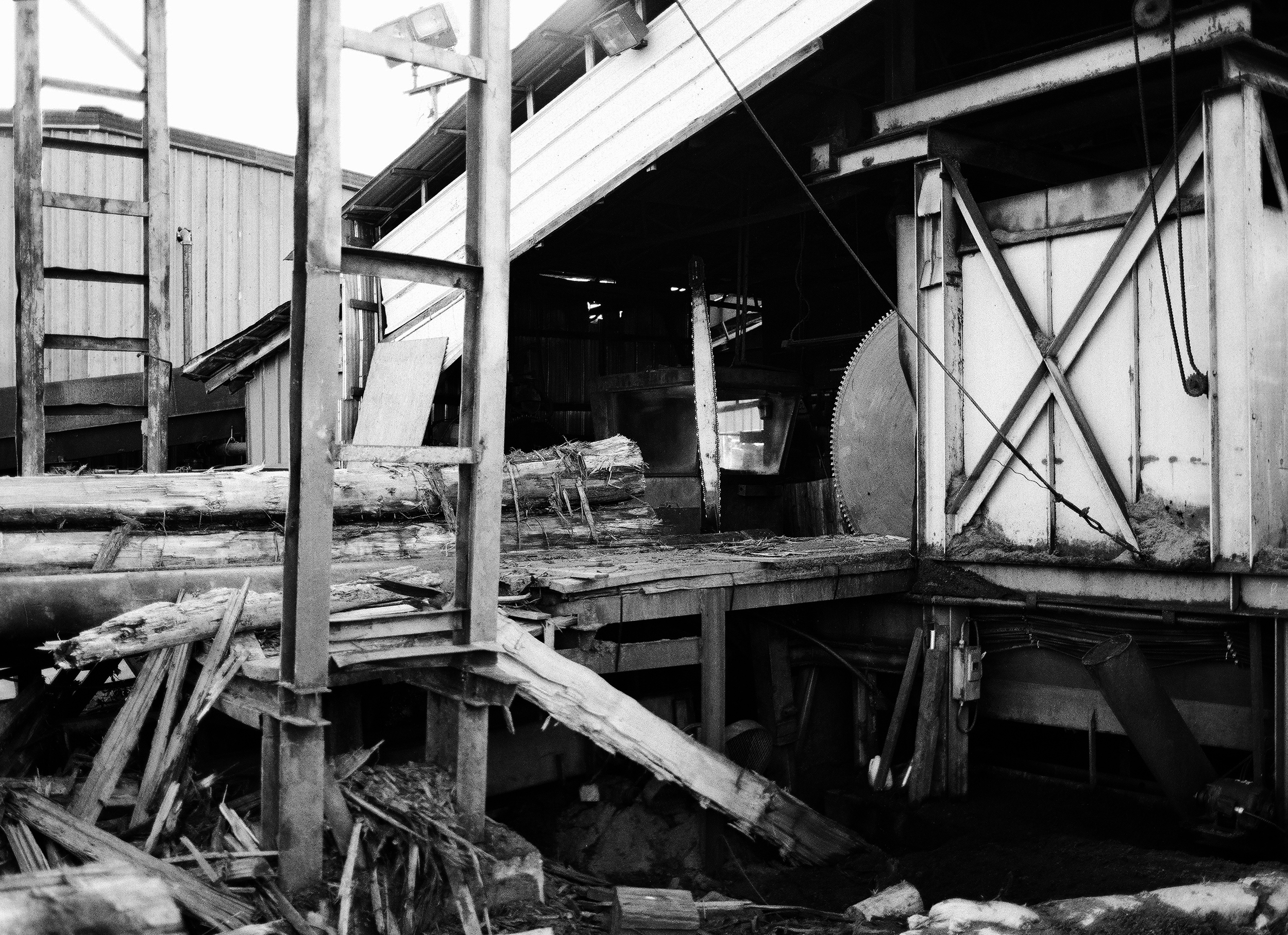
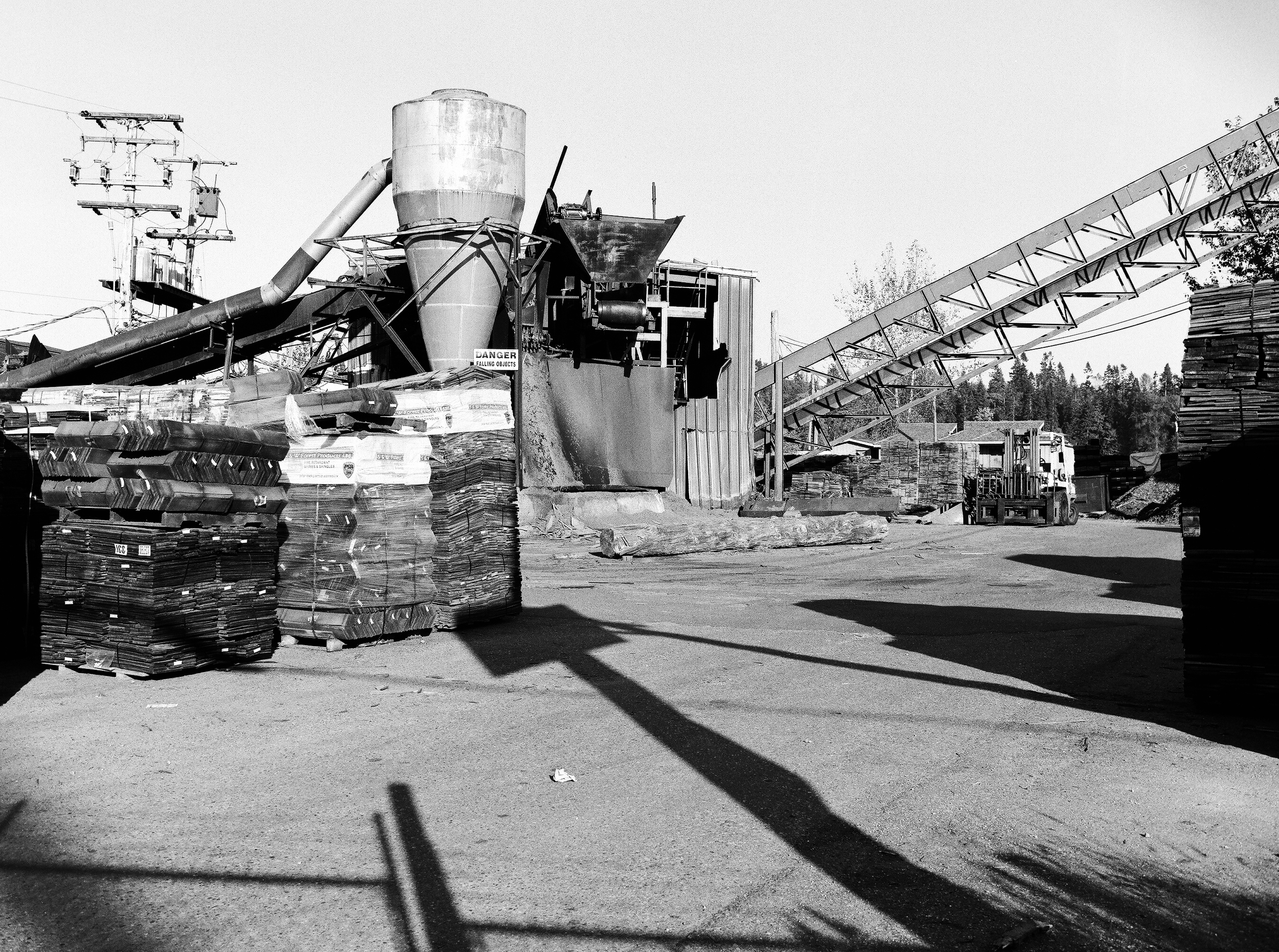

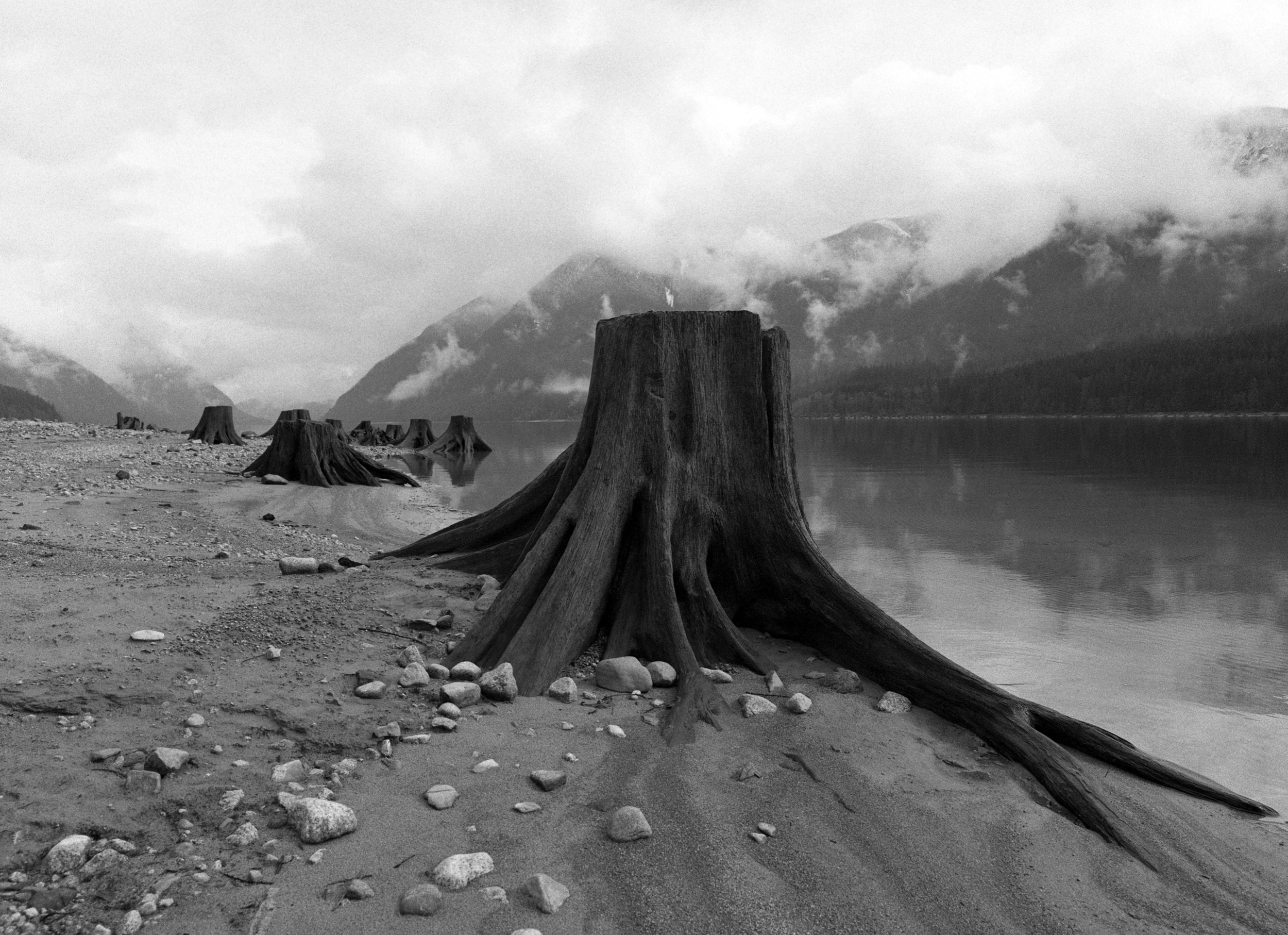
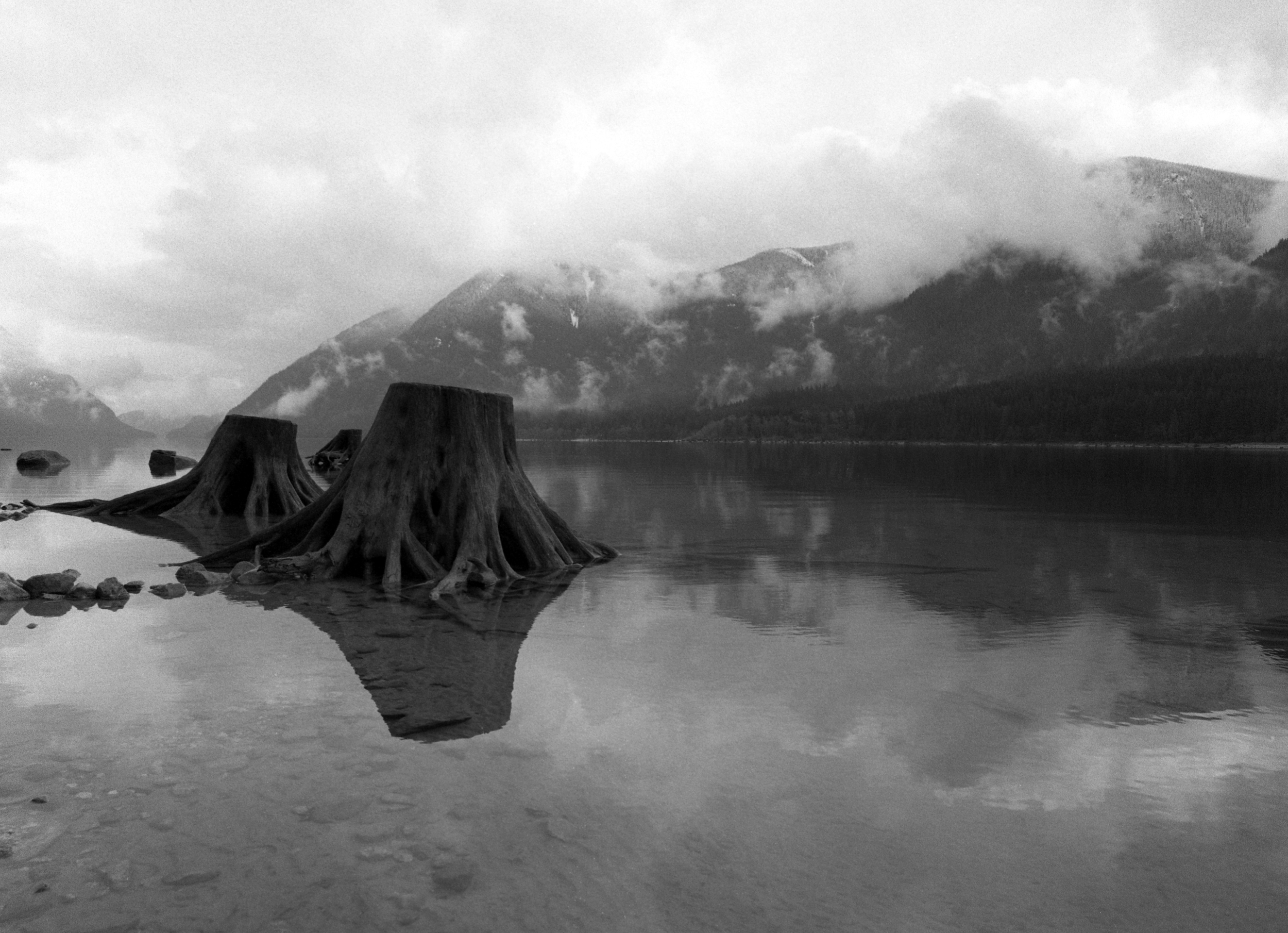
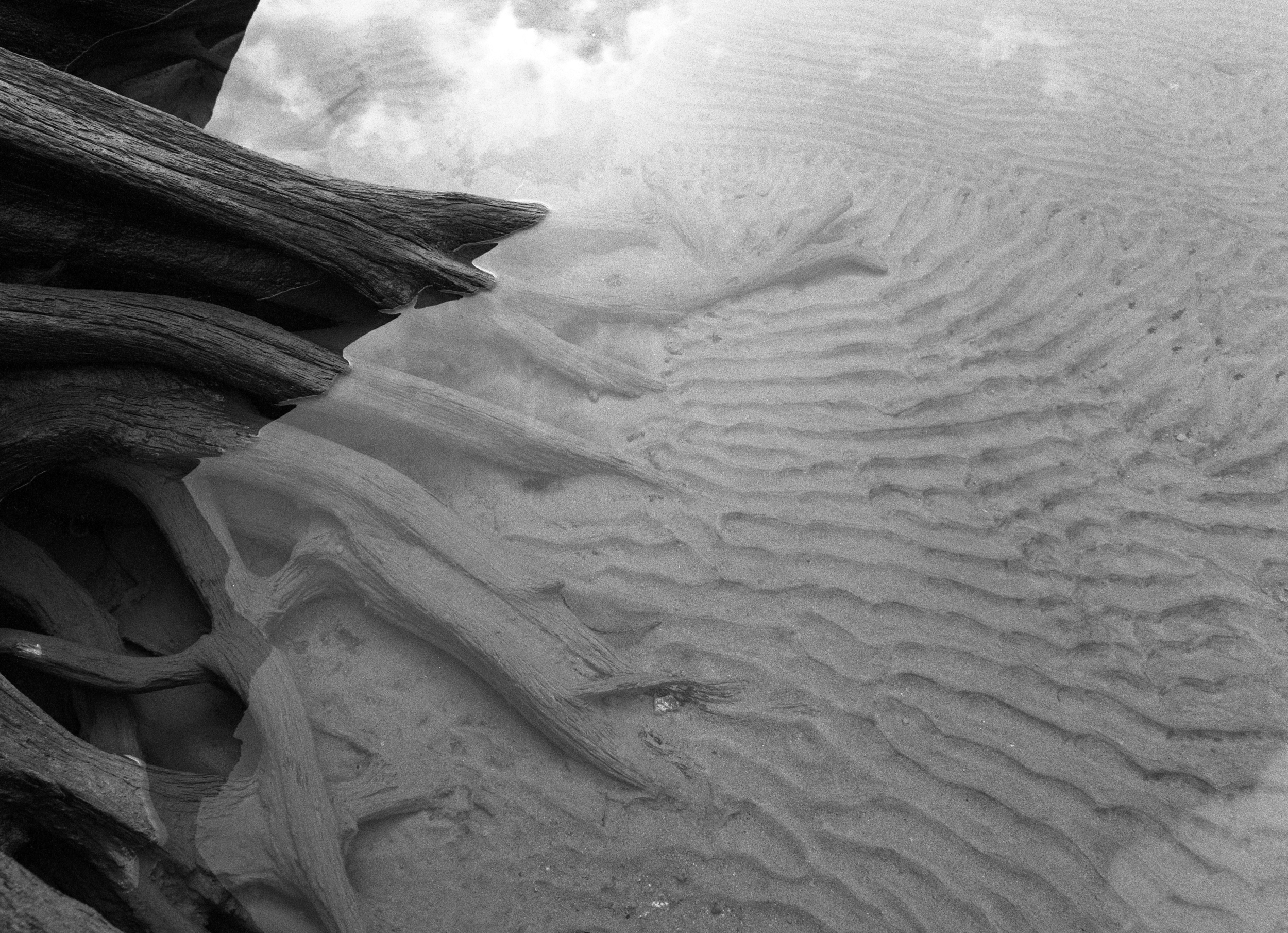
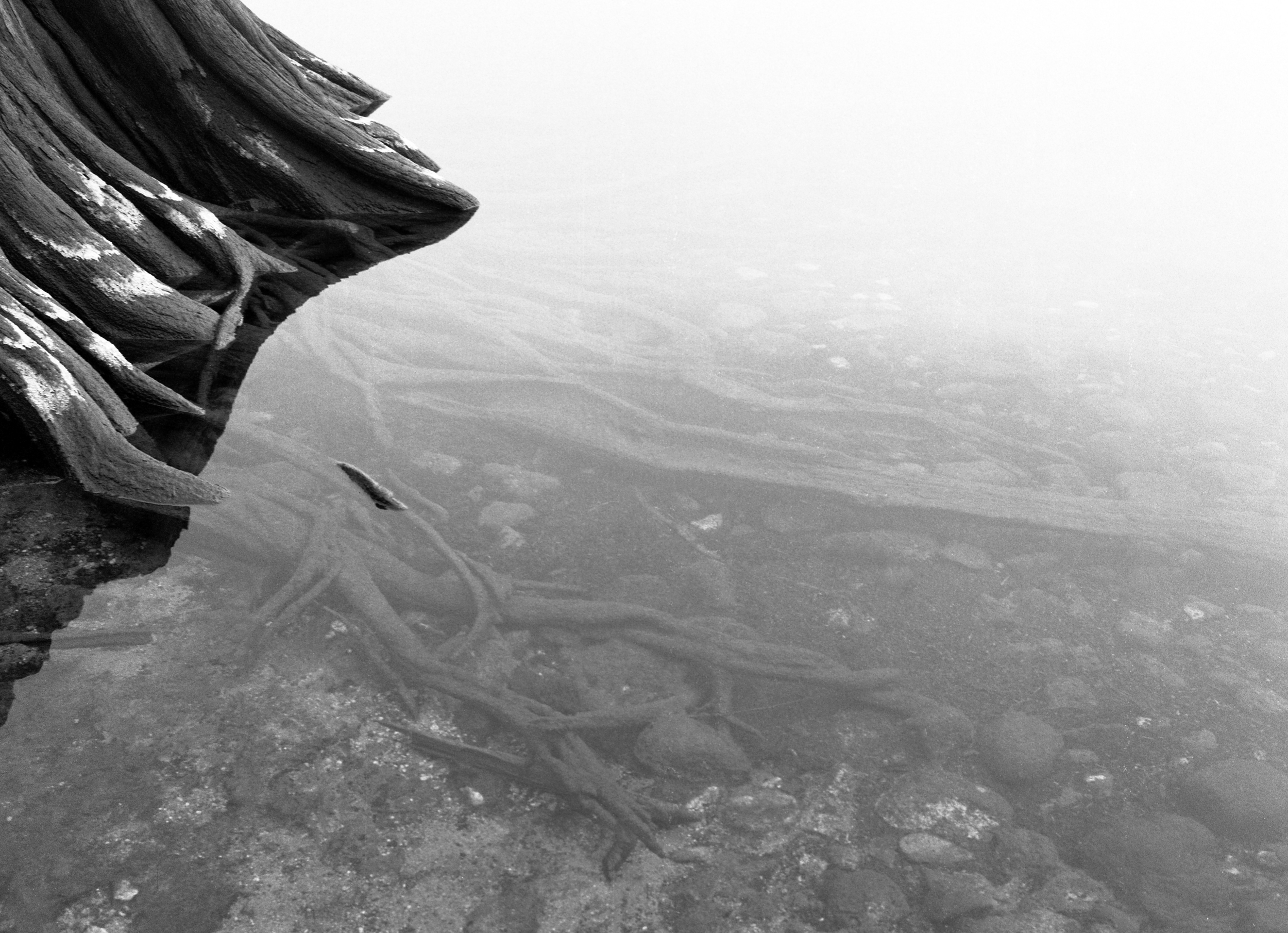
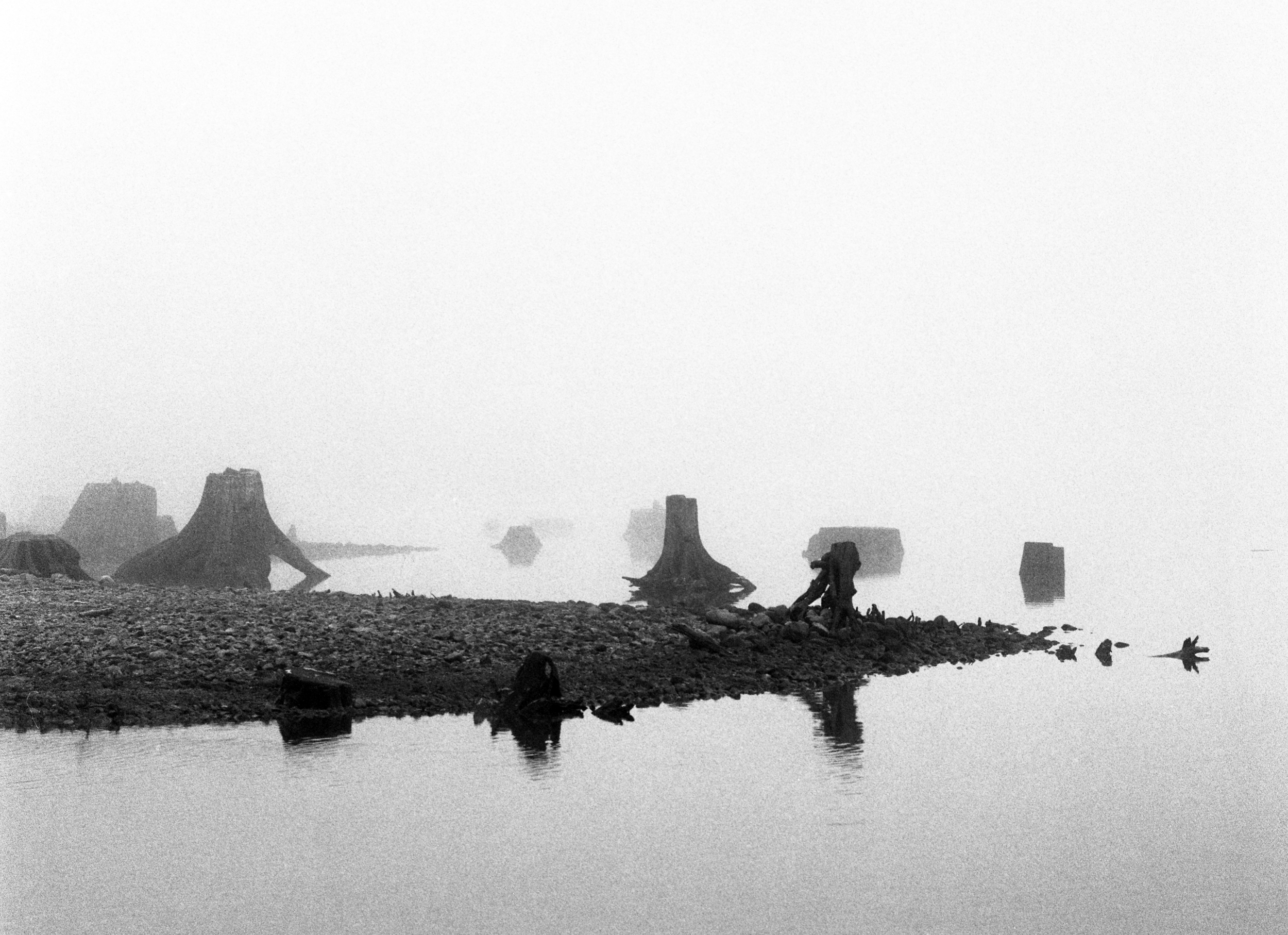
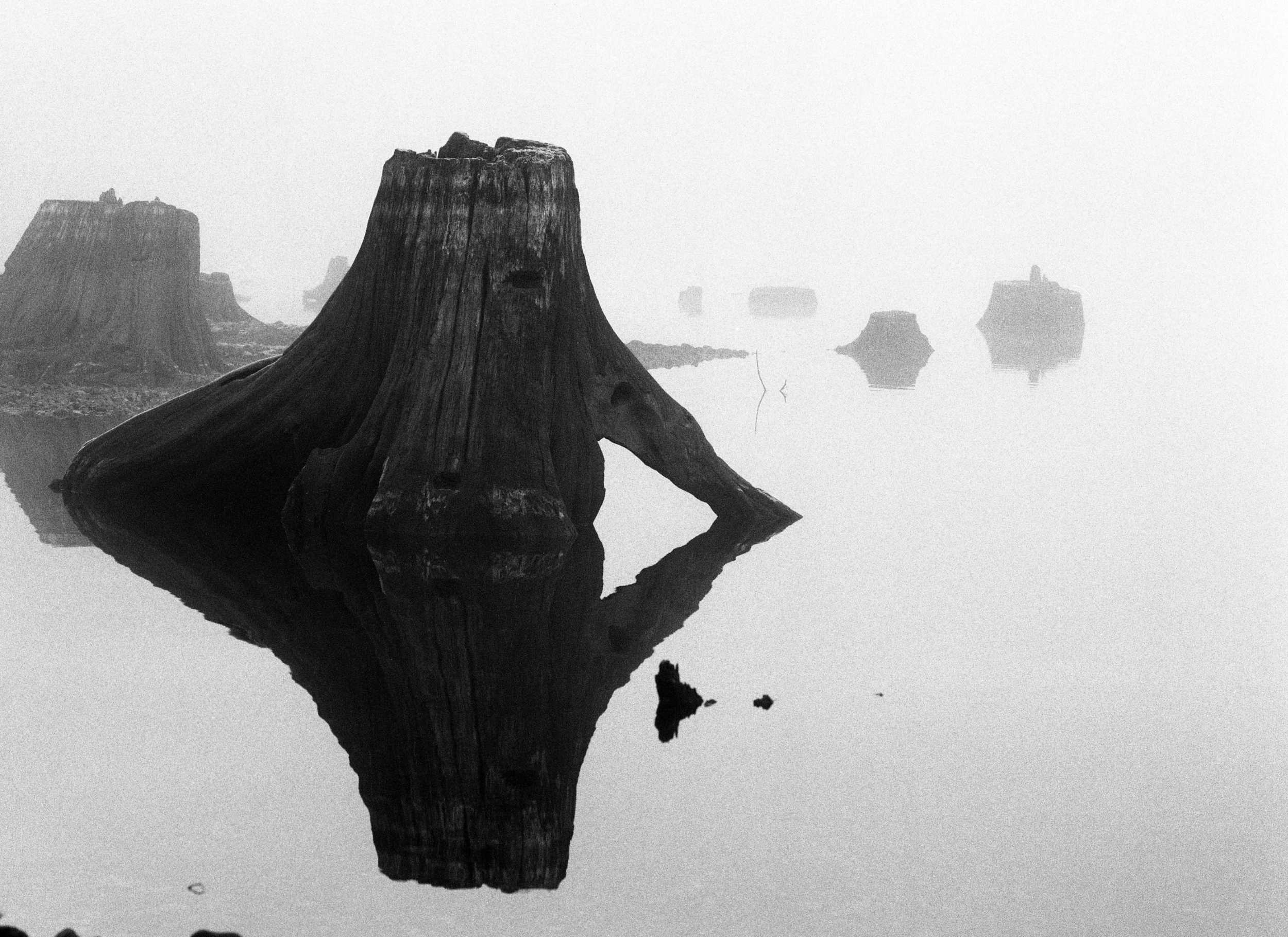

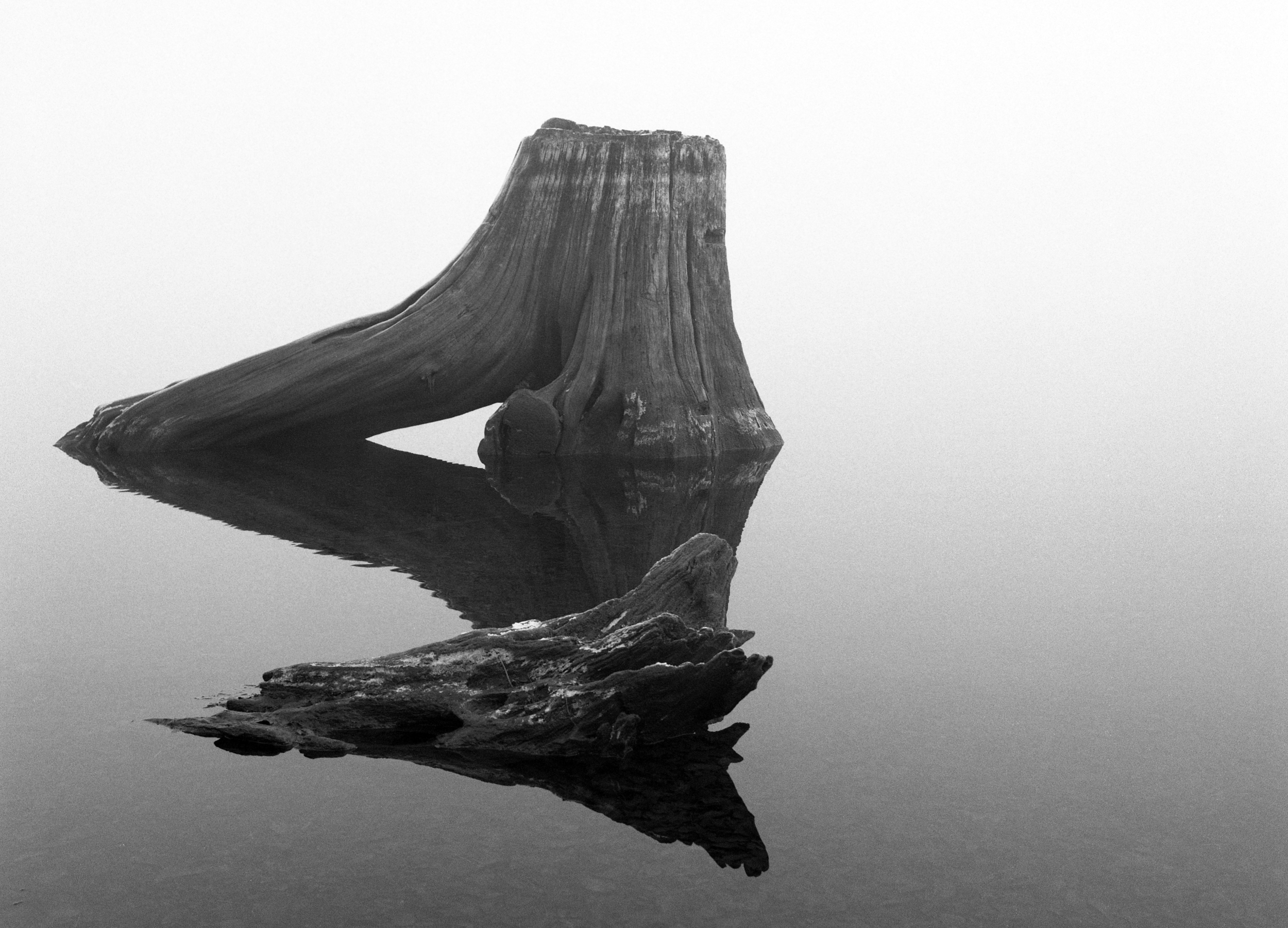
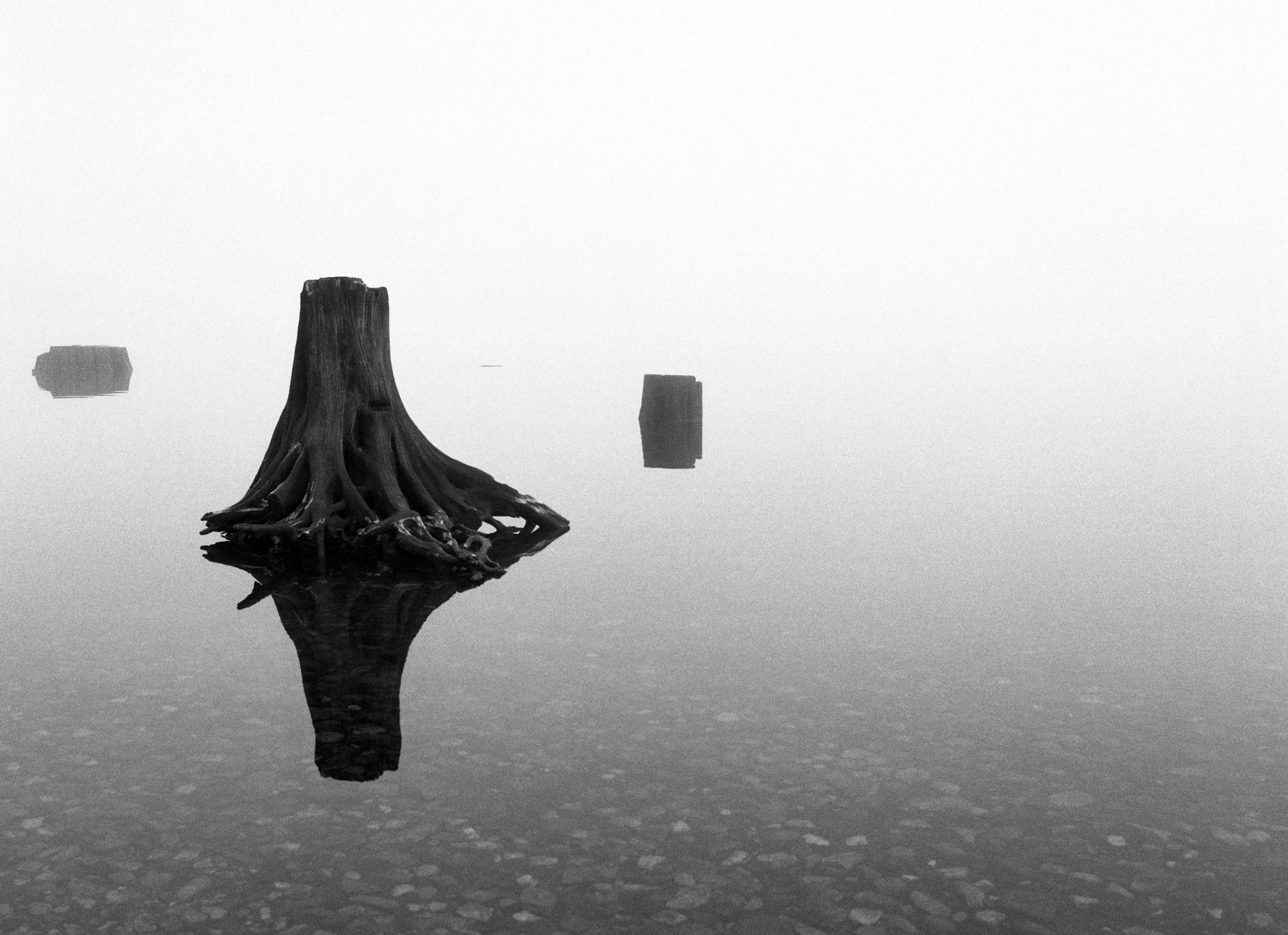
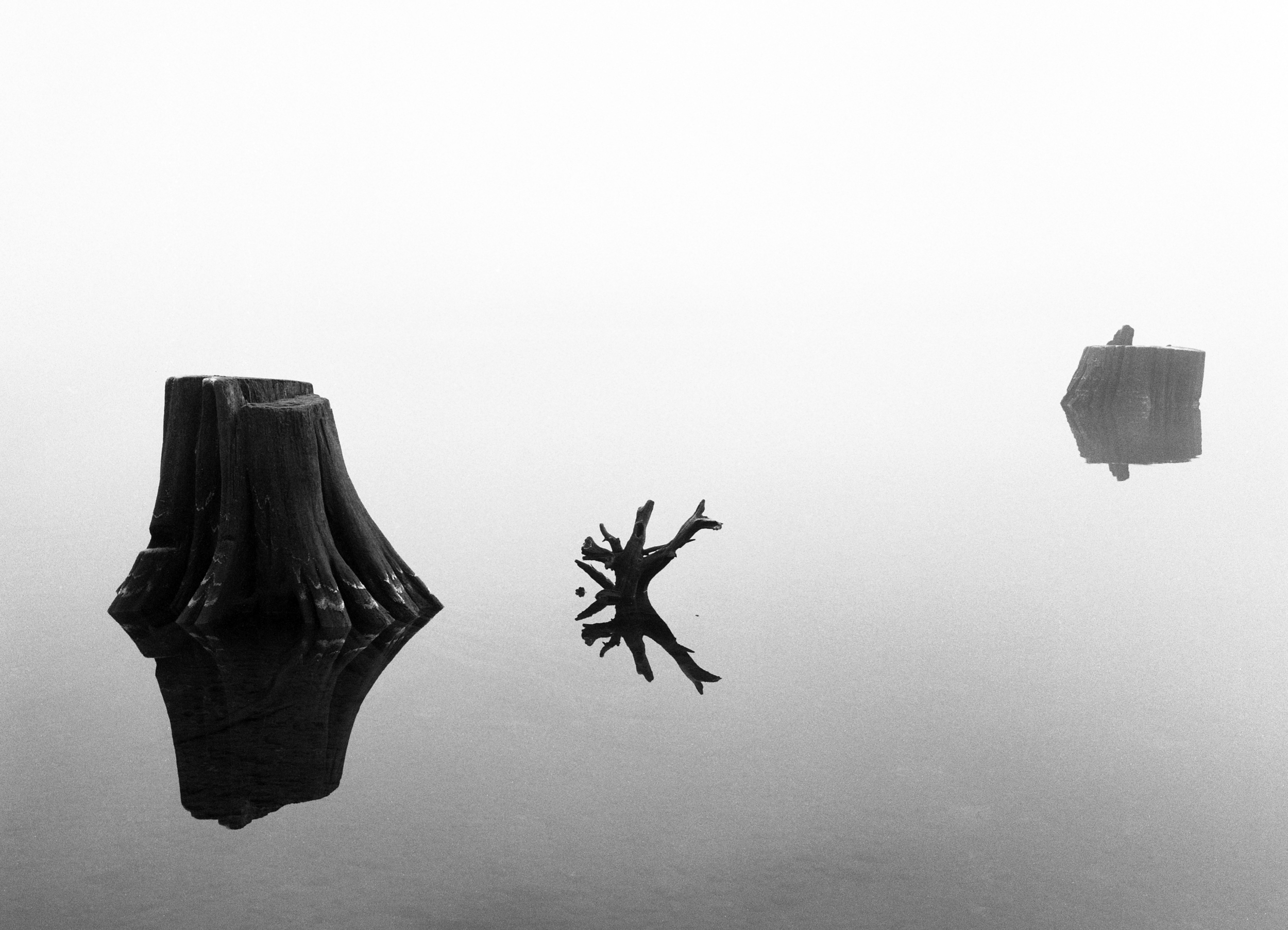


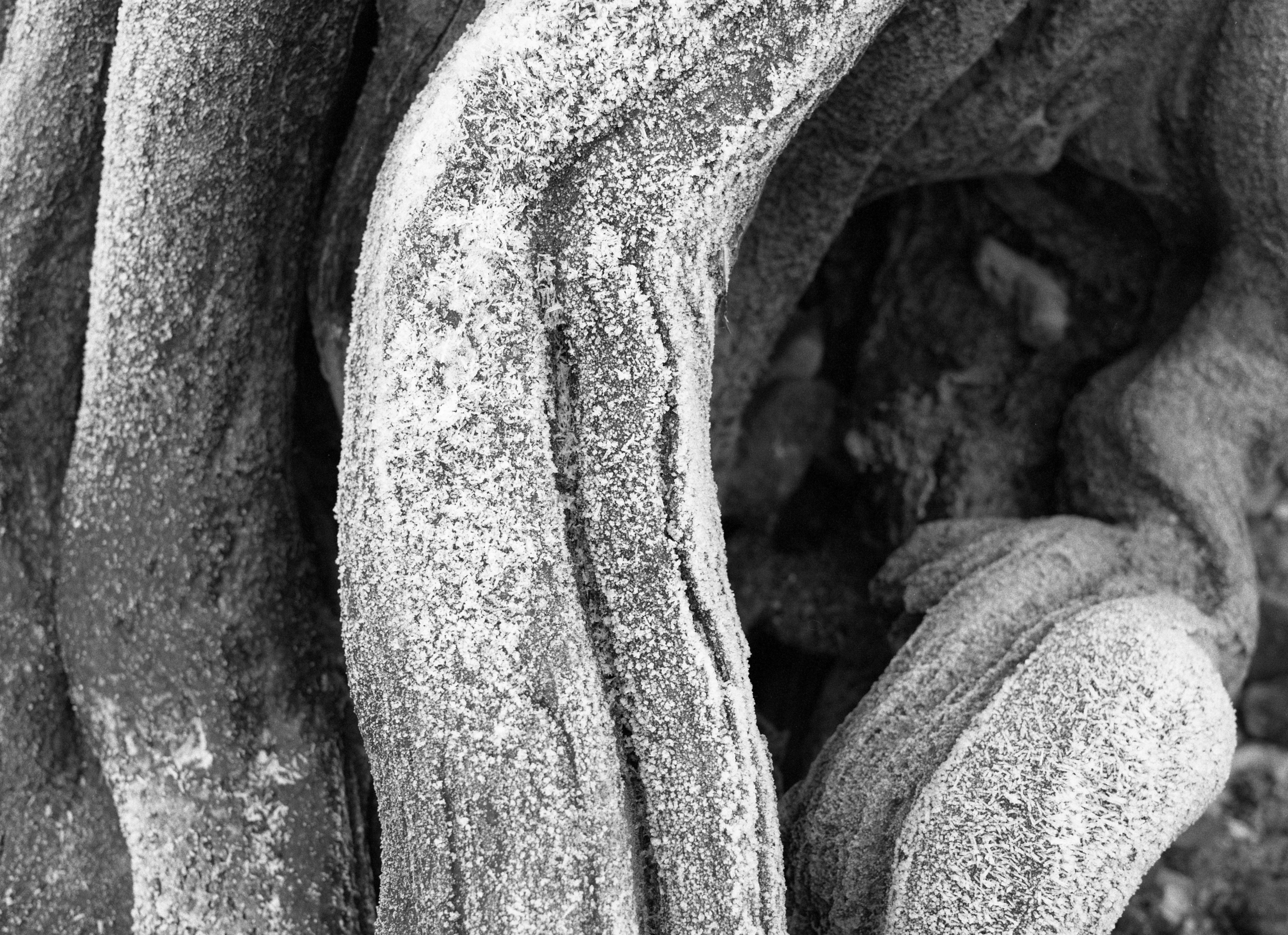
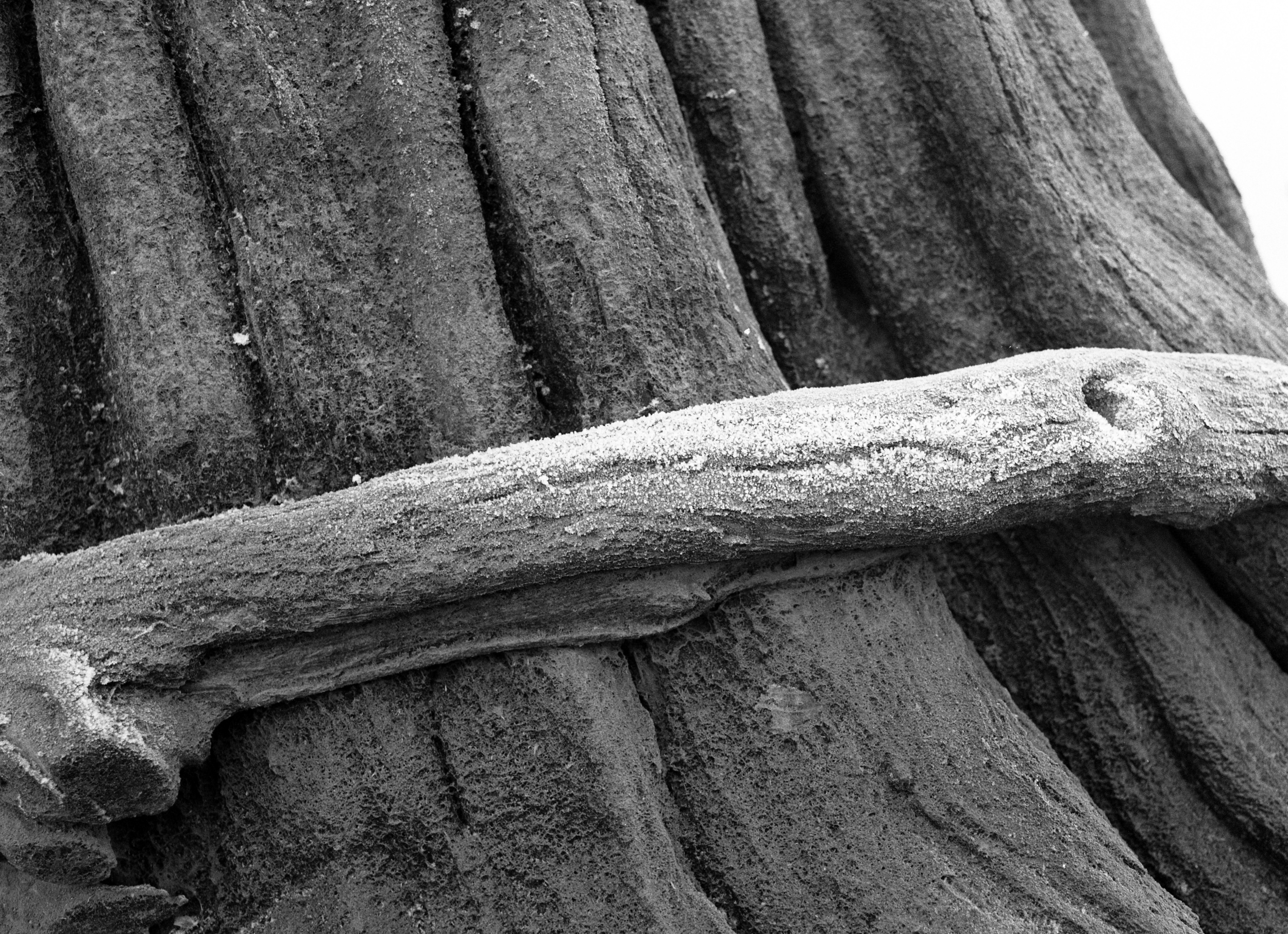
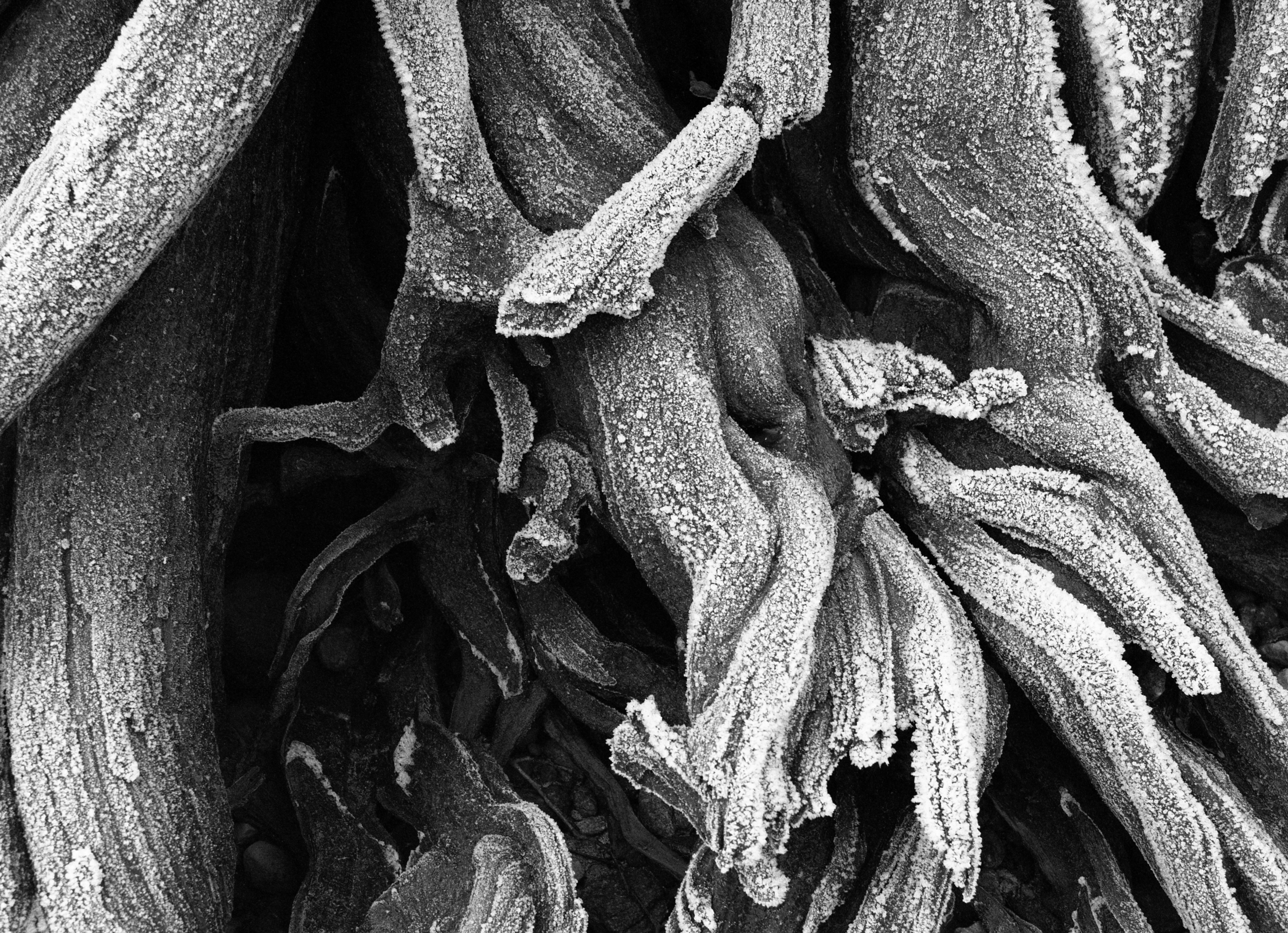
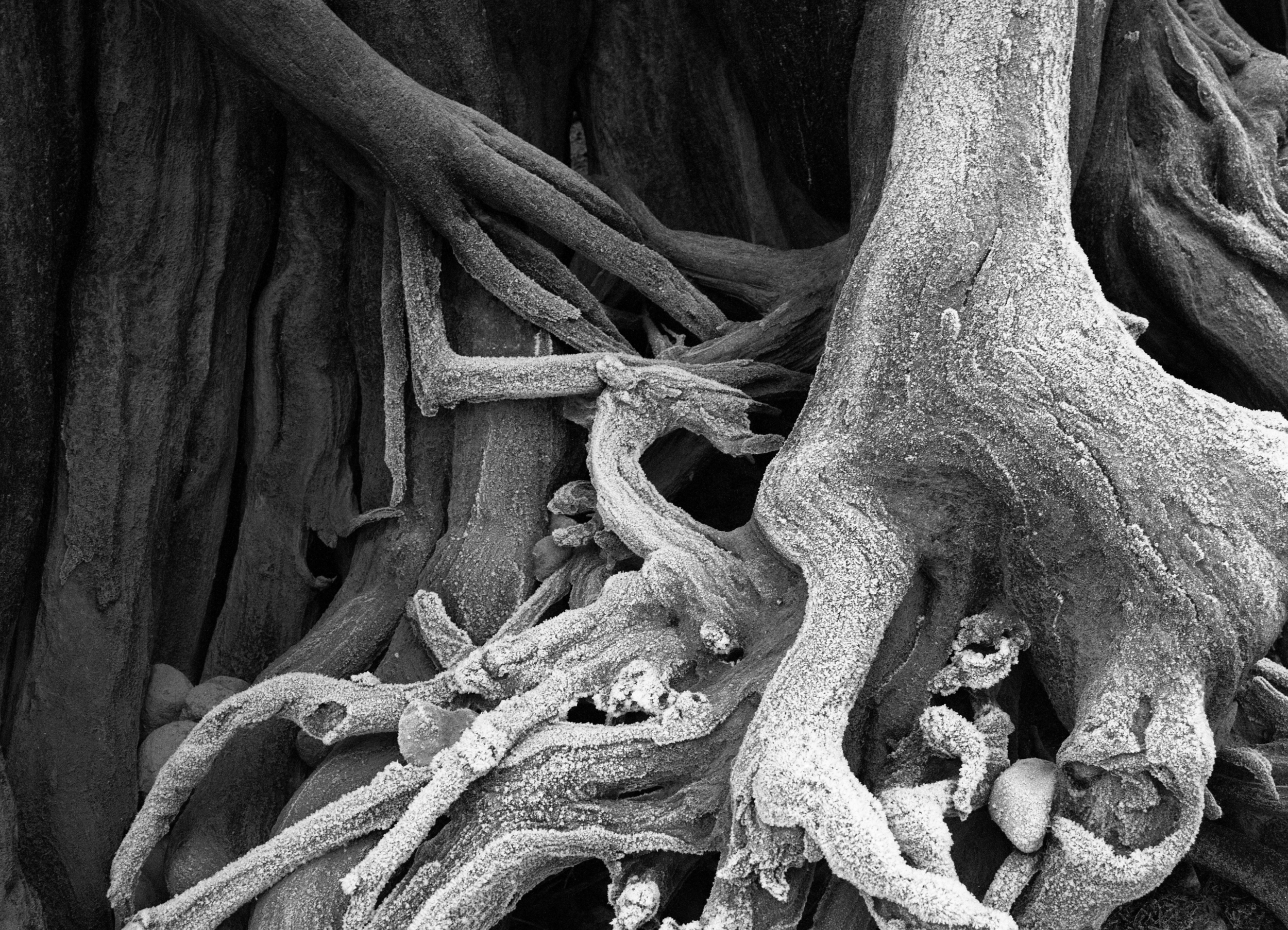
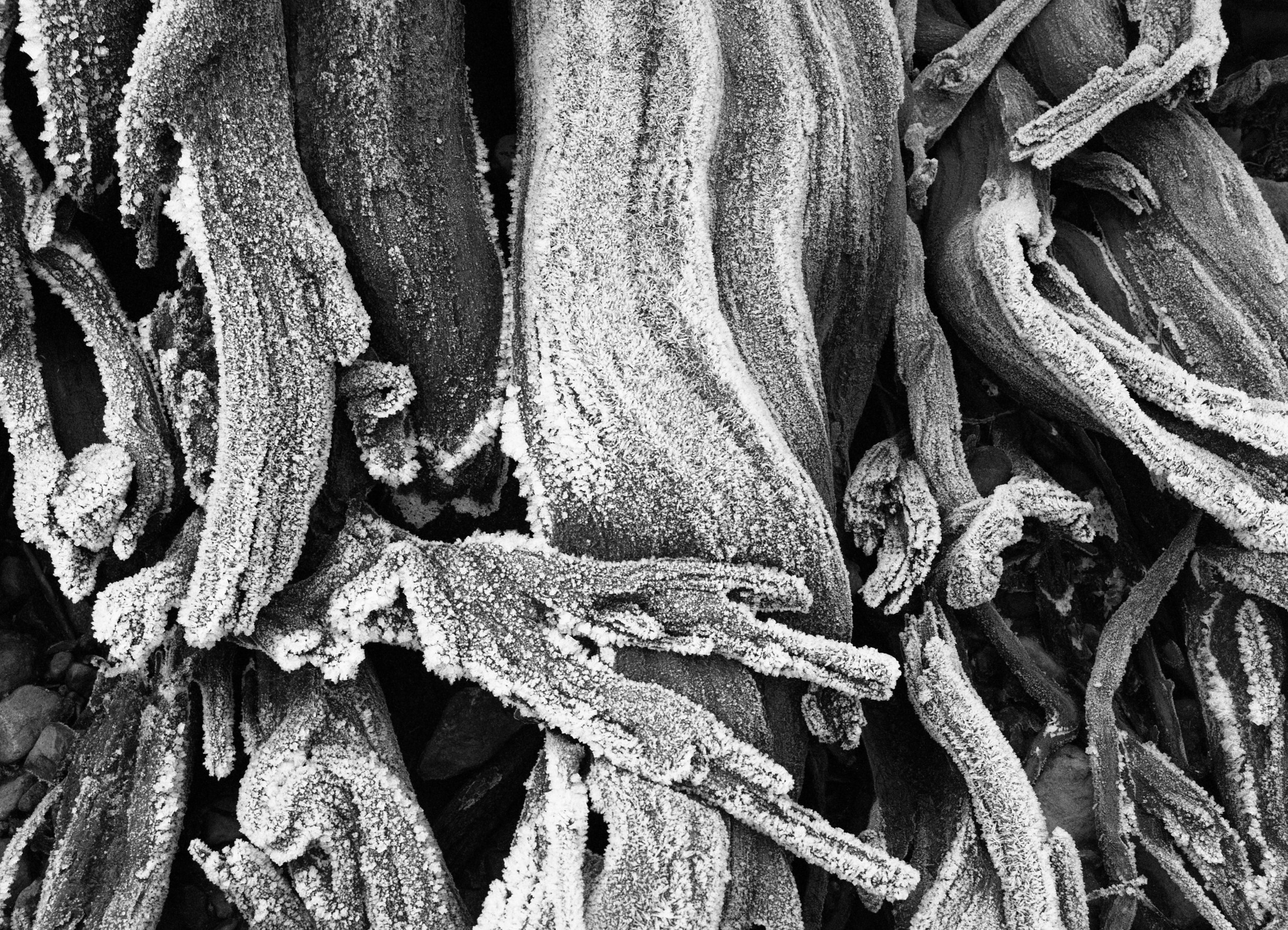
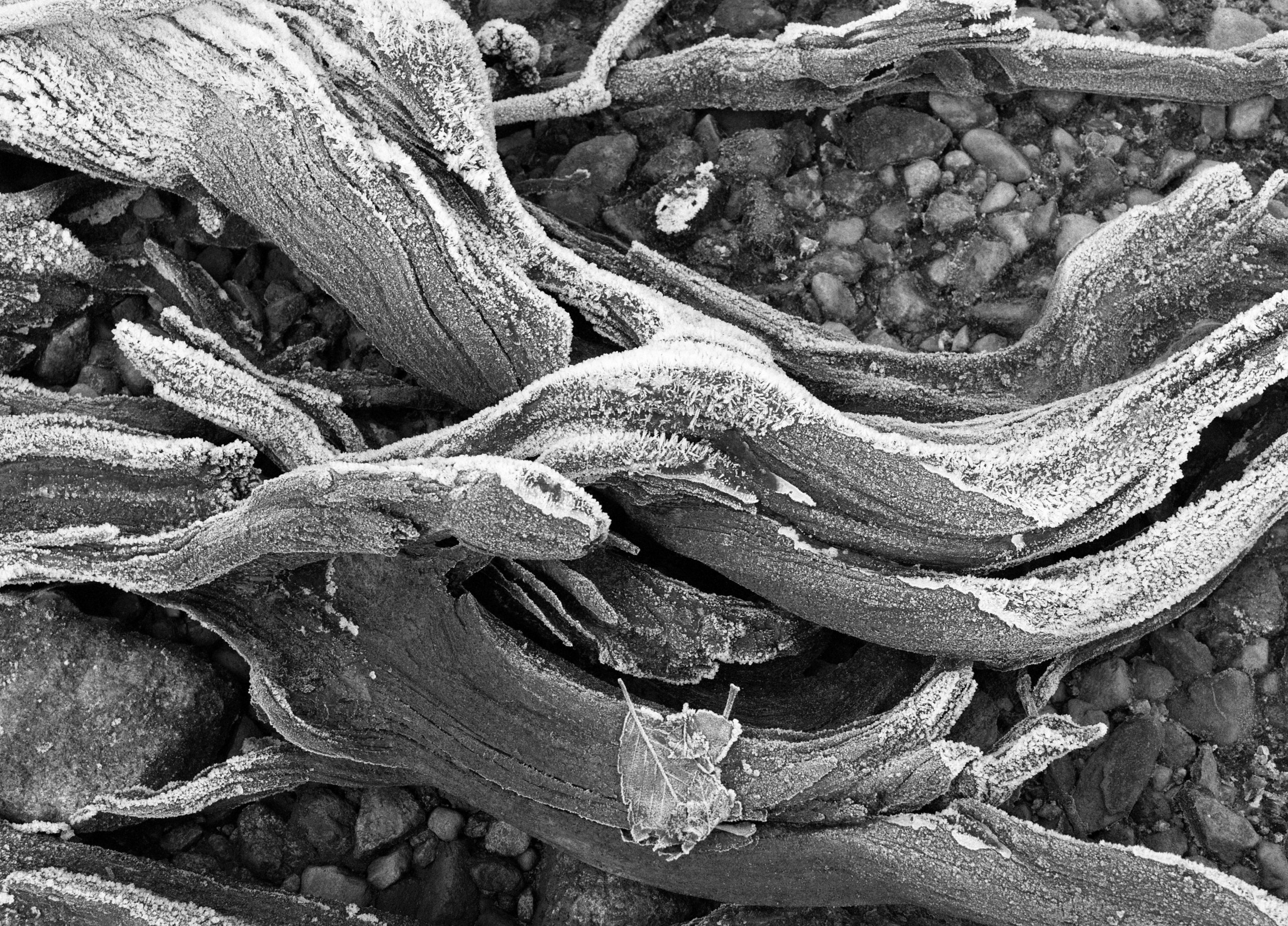
Humans mar the land by making paths for energy transportation often across rural mountainous landscapes to the major metropolises who utilize the power. Often little care is given to the land that stands in the way of the pipes or power lines that are built to supply the ever increasing demand. Geothermal energy plants are increasing across Iceland, running a maze of enormous pipes through the desolate lava fields and directly beside some of the most visited and globally unique natural attractions. My series examines energy acquisition, use, transportation, and the locales the energy is transported along.
Iceland and British Columbia have many similarities in regards that both have abundant natural resources that can be exploited for energy use. Iceland's geothermal power comes from the interior mountains and is transported overland via pipes to generating stations. British Columbia is doing a similar method of energy transportation with the expansion of the existing hydro transmission lines across mountainous areas and through provincial parks. British Columbia also deforests areas to build hydroelectric dams which changes ecosystems and negatively impacts forest and fish habitats. The dichotomy between resource use and preservation has been an ongoing global and political debate with forestry and hydroelectric usage been of particular concern in British Columbia.
Alouette Lake was created between 1924-1926 when the area surrounding the Alouette River was clear cut and the hydroelectric dam built. The Alouette River outlet was blocked by the dam and the surrounding area flooded creating a 15km long lake. All that remains are the remnants of the old growth forest that hide beneath the lake surface much of the year. No provision was made for the fish who used the river to migrate and subsequently seven species of salmon were either made extinct or their population severely decimated. The Alouette Dam was created to transport water to the Stave Generating Station and in 1962 ownership of the dam and generating station passed to B.C. Hydro.
